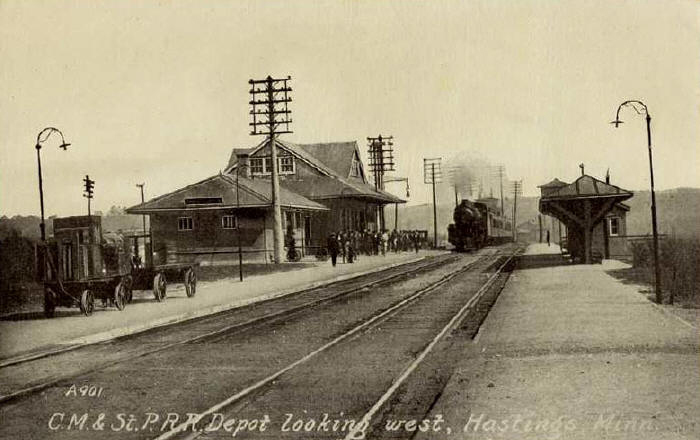In 2016, the Red Rock Corridor Commission adopted an Implementation Plan that outlined steps to implement bus rapid transit in the corridor. Since that plan was developed, the COVID-19 pandemic and other developments have changed what residents and employers in this corridor need from their transportation system. In 2023, the Red Rock Corridor Commission gathered insights from employers, residents, and other stakeholders to refresh the Vision for this corridor. The following refreshed vision was approved by the Red Rock Corridor Commission at the January 31, 2024 meeting.
A Refreshed Vision for Serving and Connecting the Red Rock Corridor
Transit for the Red Rock Corridor will:
- Serve the whole corridor: connect people to all parts of the communities in the corridor.
- Connect the corridor to other places: provide connections to and from other regional destinations and transit services.
- Work closely with employers and residents: transit providers will include employers and residents in planning and providing services.
A summary of findings from the vision refresh is provided below or read the full report.
Public input underlines the need for transit
The need for quality transit in the Red Rock Corridor has never been higher. Overwhelmingly, residents and employers surveyed for the Vision Refresh said that they—and the corridor—need transit. Respondents who said that they couldn’t or wouldn’t use transit said that they understood the need for it; and, generally gave as the reason the fact that many people couldn’t drive, or the need to reduce congestion.
Much of the public input reinforced findings from the outreach done for the 2016 Implementation Plan. People need transit, now, even more—vehicle and fuel prices are much higher, and the labor market is tighter. However, people also described changes since 2016 that may point to a need for different kinds of transit. Both residents and employers noted that trip patterns have changed, and that destinations are more spread out geographically, and spread out in time. When residents, employers, and employees talked about what they need from transit, they emphasized the need to reach places that are outside the station areas identified in the 2016 Implementation Plan, including places that are outside the Red Rock Corridor altogether. People also emphasized the need to travel throughout the day, not just at peak commute times.
Needs and tools have changed since the 2016 Implementation Plan
All of the public input about the increased need for transit is supported by a wide variety of other data. Cars and trucks are not just more expensive; in many cases it is almost impossible to find an affordable used car. The demographics of the corridor are growing more diverse economically and by age, increasing the number of households with few or no cars.
The data also supports the public’s description of transportation needs that extend beyond the station areas in the 2016 Implementation Plan. Residents of the corridor work in a diverse set of employment centers. Residents need to travel to a diverse set of shopping and medical destinations, many outside the corridor. Similarly, employees in the Red Rock Corridor come from many directions, and most employment sites are not on Highway 61. While needs have changed, so too have available transportation tools—options such as micro-transit, electric vehicle carshare, and arterial bus rapid transit are experiencing growing popularity and success in the region.
What happens next?
In 2024, the Red Rock Corridor Commission will explore the feasibility of the recommendations laid out in the vision refresh report and communicate updates on the Red Rock Corridor website and social media.
Corridor
Recent News Posts
- A New Vision for the Red Rock Corridor
- Red Rock Corridor Commission embarks on "Vision Refresh"
- Over 15,000 rides from Newport Transit Station to Minnesota State Fair
- Newport Transit Station to be 2017 State Fair park and ride
- Minneapolis Service Coming to Newport Transit Station





